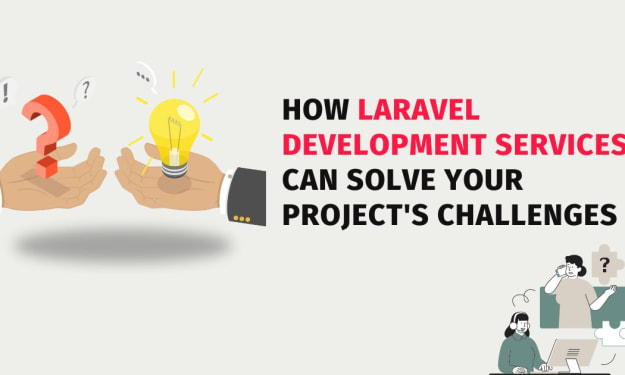
This article first appeared on Acorn Labs in September 2023.
A digital capability assessment is a systematic evaluation of a business’s digital capabilities. It’s a capability assessment focusing on understanding the maturity of an organization’s digital skills, knowledge, behaviors, tools and processes that deliver business objectives.
Why use a digital capability assessment
A digital capability assessment helps your organization keep pace with evolving trends that impact the digital transformation of an organization. You need it to understand your current digital capability in order to create L&D initiatives to develop them further. Without one, you’re going into digital capability building blindly and will lack the strategy to meet your future needs.
Why is this an issue? When you don’t use a digital capability assessment to find your digital capability gaps, the industry will continue to move forward without you. This means you lose out on workforce agility, hindering your organization from responding to challenges and maintaining competitiveness in the market.
By using a digital capability assessment, you ensure better strategic decision-making for your organization, greater alignment between learning and strategy, and that your workforce is equipped with the digital capabilities enabling them to perform their jobs—and drive organizational performance.
How to run a digital capability assessment
While actually doing a digital capability assessment is simple enough, doing a digital capability assessment that’s effective is another. You want your assessment to enable continuous improvement in your organization, which you can ensure in three simple steps.
Define digital capabilities
This is the step where you define the digital capabilities that are most important to your business in terms of their ability to drive business strategy. Interrogate their context and purpose within the organization by asking:
- What is the organization’s greater mission, purpose, and values?
- Where does digital capability fit into that mission?
- What value does digital capability generate for the business?
- Is there demand for the capability in the market?
- Does the organization have the resources to sustain the capability?
- Does the digital capability complement or compete with current capabilities?
- What potential risks could arise from building the capability?
Assess digital capabilities
Assess digital capabilities in terms of competency (also known as proficiency) or maturity. It’s necessary to have a consistent and objective method of scoring assessment criteria to ensure accurate reporting, so it’s best to collect data from multiple sources. Think interviews, self-assessments, or manager assessments. The more variety you have in sources, the more objective your evaluation will be, meaning you can create more targeted training.
Digital capability in individuals is measured in terms of competency. It’s a leveled scale indicating how proficient an individual is in a capability and any logical room for improvement to close gaps between current competence and desired competence.
So, your competency levels might be written in terms of “needs development”, “meets expectations” and “exceeds expectations”. Ideally, you want individuals in your workforce to be the latter, so your training should be designed to get them there.
If you want a bird’s-eye view of digital capability at the organizational level, though, you need to evaluate capability maturity rather than competency. It’s less about identifying individual capability gaps and more about assessing how mature digital capability is in your organization.
Similarly to a digital capability assessment, capability maturity exists on a scale, this time of five levels:
- Reactive and ad hoc
- Managed project-to-project
- Defined through organization-wide guidelines
- Qualitative and aligned with business objectives
- Optimized through continuous improvement.
Just like you want individual capability to be at an “exceeds expectations” level, you also want capability maturity to be optimized. A maturity assessment just lets you see which digital capabilities are still “immature” in your organization so that you can focus training efforts on their development.
Analyze the assessment
The crucial step in ensuring ongoing digital transformation and improvement in your organization is to analyze the assessment itself.
Firstly, you can use an analysis to ensure your capability assessment is being run according to current industry standards, allowing you to identify areas for improvement in your organization so you can maintain a competitive advantage. This should be analyzed regularly to keep up with industry changes.
Secondly, an analysis allows you to assess how effective your digital capability building efforts have been. In other words, an analysis should reveal if there has been a performance improvement in digital capability since training initiatives were implemented. You can find this improvement (or lack of improvement) by measuring training ROI or performing a training needs analysis. Just remember that even if your training initiatives were effective and achieved everything they set out to do, you should continue to run a digital capability assessment on a regular basis to ensure continuous business success.
About the Creator
Acorn
Impact, not overload™
Acorn PLMS (performance learning management system) is a dynamic AI-powered platform for learning experiences synchronized to business performance at every step. Corporate learning is broken. Acorn is the antidote.






Comments
There are no comments for this story
Be the first to respond and start the conversation.